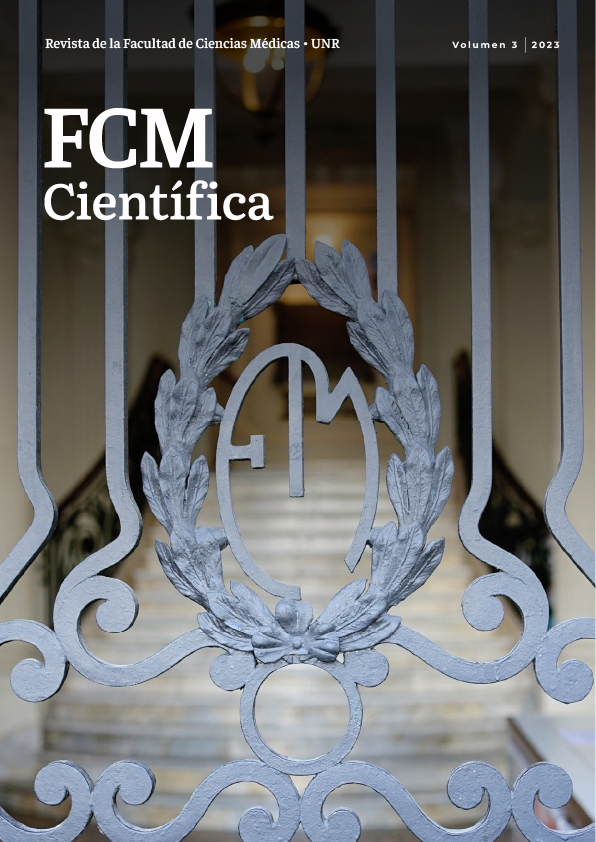Telemedicine
brief history, alarming perspective. Critical historical review on possible influences of telemedicine in clinical practice
DOI:
https://doi.org/10.35305/fcm.v3i.99Keywords:
Telemedicine, Biomedicine, Pandemic, Industrial Medical Complex, Clinical PracticeAbstract
Telemedicine is presented as a clinical work modality that has grown in magnitude, diffusion and acceptance in recent years, especially since the SARS-CoV-2 virus pandemic. Publications on the subject have increased in the last decade and indicate that it is a topic of scientific interest with full relevance. Its history is brief: the first experiences took place in the 1960s in the space race. Fundamentally, telemedicine was born as a non-face-to-face care modality, taking advantage of the possibilities offered by technology in contexts where the distance between health teams and users was a problem. The companies of the Industrial Medical Complex (CMI) identify telemedicine modalities as a possibility of a more fluid and less regulated contact between usersconsumers and service companies in the health field. In turn, the need for social distancing to prevent infections between people in the health emergency due to SARS-CoV-2 offered a suitable context for telemedicine. The pandemic probably stimulated the abrupt massification of different modes of remote care. However, many of the forms of current use of telemedicine have not yet been thoroughly reviewed in ethical and legal terms. Questions are raised regarding the influence of this process in the deepening of biomedicine as the dominant model of current medical practice.
Downloads
Downloads
Published
How to Cite
Issue
Section
License

This work is licensed under a Creative Commons Attribution-NonCommercial 4.0 International License.







